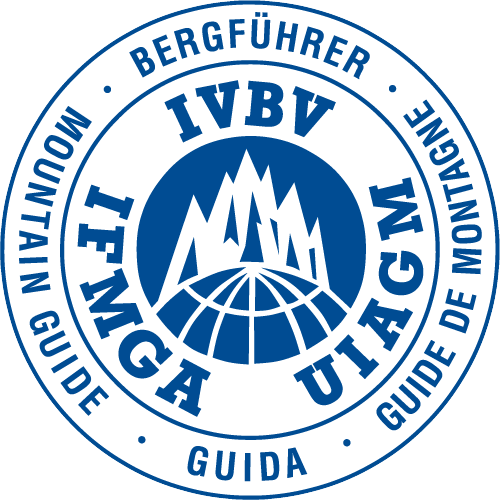

It is the passion and dream of many people to visit the Himalayas at least once in their lifetime. However, fulfilling such a dream comes with certain challenges, particularly related to high-altitude travel. One of the most critical factors that can affect a trekker’s journey is altitude sickness, also known as mountain sickness. As altitude increases, the oxygen levels in the air decrease and the partial oxygen pressure in the surrounding environment diminishes, leading to altitude sickness.
Altitude sickness can affect anyone, especially those who live at sea level and are not accustomed to high elevations. It typically begins to appear at around 2,500 meters above sea level. The symptoms vary from person to person, and not everyone will experience the same effects.
Common symptoms of altitude sickness include:
– Shortness of breath
– Rapid breathing
– Nausea and vomiting
– Dizziness or lightheadedness
– Weakness or fatigue
– Difficulty sleeping
– Loss of appetite
If these symptoms are ignored or left untreated, they can escalate into more severe conditions, such as High Altitude Pulmonary Edema (HAPE) or High Altitude Cerebral Edema (HACE).
HAPE and HACE are life-threatening conditions that develop after initial altitude sickness symptoms. HAPE occurs when fluid builds up in the lungs, while HACE happens when fluid collects in the brain.
Symptoms of High Altitude Pulmonary Edema (HAPE) include:
– Chest tightness or fullness
– Extreme fatigue
– Difficulty breathing, even at rest
– Blue or gray lips and fingernails
– Persistent cough, possibly producing pink frothy fluid
– Fever
– Rattling or gurgling sounds when breathing
– Blurred vision
Symptoms of High Altitude Cerebral Edema (HACE) include:
– Severe headache
– Vomiting
– Difficulty walking
– Confusion
– Exhaustion
– Changes in normal behavior
– Coma (in extreme cases)
Both conditions can be fatal if not addressed quickly. Climbing too quickly without adequate rest is a primary cause of altitude sickness. At Expedition High Mountain, we prioritize the safety of our clients by taking precautions and following proven preventive measures.
Preventive Measures by Expedition High Mountain Treks:
– Follow the “Climb high, sleep low” principle to aid acclimatization.
– All team members are highly experienced in high-altitude trekking and live in high-elevation settlements.
– Strict prohibition of alcohol, smoking, and sleeping pills to avoid dehydration.
– Encourage drinking at least 4 liters of water daily to stay hydrated.
– Promote gradual ascent to allow proper adjustment to high altitudes.
– Recommend consuming organic herbal remedies like garlic and hot lemon for improved acclimatization.
– Ensure fresh, liquid-rich food intake during treks.
– Daily communication with crew members to monitor clients’ health and well-being.
– Advise clients to purchase comprehensive insurance, covering emergency rescue operations.
– Expedite helicopter rescue in severe cases, coordinated with the Himalayan Rescue Association.
We strongly encourage our clients to purchase comprehensive insurance coverage before embarking on their trek. In severe cases, helicopter rescue may be necessary, and we are an associated member of the Himalayan Rescue Association. Our team communicates daily with crew members to monitor the health and well-being of our clients, ensuring that any potential issues are identified and addressed early.
Expedition High Mountain has extensive experience in handling difficult conditions during trekking and adventure expeditions. We are fully equipped to manage altitude-related risks and ensure that your Himalayan journey is both safe and unforgettable.